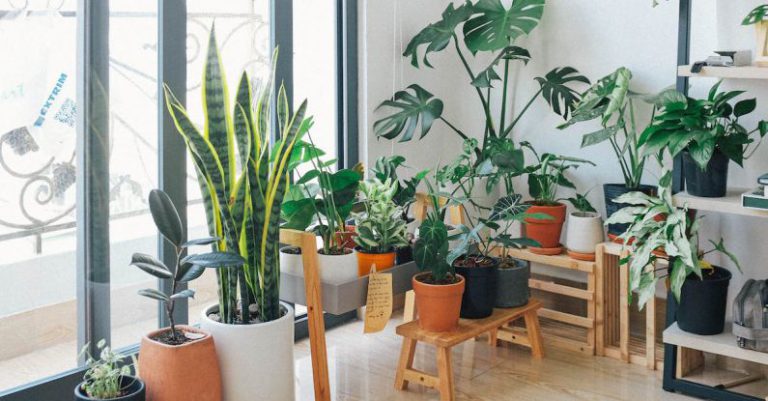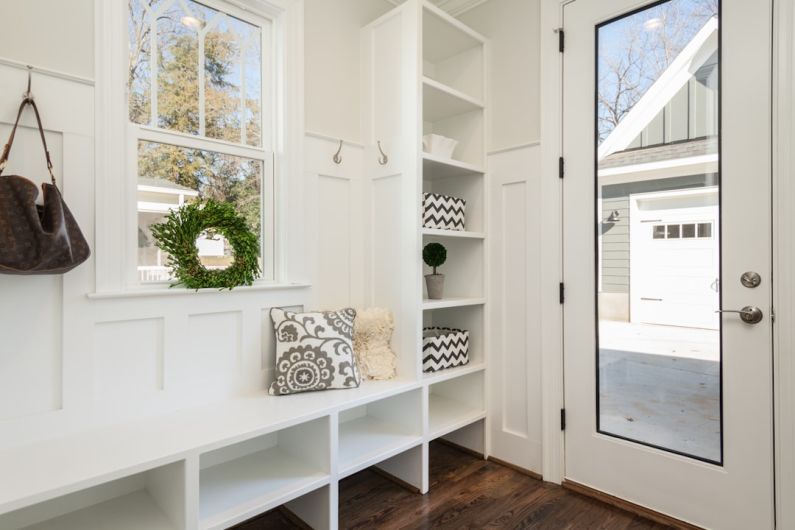How to Create a Home Emergency Preparedness Kit
Emergencies can strike at any time, and it is crucial to be prepared for them. Creating a home emergency preparedness kit is a simple yet effective way to ensure the safety and well-being of yourself and your family during unexpected events. Whether it is a natural disaster, a power outage, or a medical emergency, having a well-stocked emergency kit can make all the difference. Here are some essential items to include in your kit.
Water and Food Supplies
In any emergency situation, access to clean drinking water is of utmost importance. It is recommended to store at least one gallon of water per person per day for a minimum of three days. This water can be used for drinking, cooking, and personal hygiene. Non-perishable food items such as canned goods, energy bars, and dried fruits should also be included in your emergency kit. Make sure to regularly check the expiration dates and replace items as needed.
First Aid Kit
A well-stocked first aid kit is essential for handling minor injuries and providing immediate medical assistance until professional help arrives. Your first aid kit should include items such as bandages, adhesive tape, antiseptic wipes, pain relievers, scissors, tweezers, and a thermometer. Additionally, it is important to have any necessary prescription medications in your kit, as well as a list of emergency contact numbers.
Emergency Lighting
During a power outage or any situation where there is limited or no access to electricity, having a reliable source of light is crucial. Include flashlights, extra batteries, and glow sticks in your emergency kit. These items will provide you with necessary illumination and help you navigate through dark areas safely. Additionally, consider adding a battery-powered or hand-cranked radio to stay updated on emergency alerts and news.
Emergency Shelter and Clothing
In the event of a natural disaster or evacuation, having appropriate shelter and clothing is essential. Include items such as emergency blankets, sleeping bags, and a tent or tarp in your kit. These items will provide warmth and protection from the elements. It is also important to have extra clothing and sturdy shoes for each family member.
Tools and Supplies
Having a set of basic tools and supplies can be invaluable during an emergency situation. Include items such as a multi-tool, duct tape, a whistle, and a wrench in your kit. These tools can help you repair minor damages, signal for help, and perform necessary tasks. Additionally, consider including personal hygiene items such as toilet paper, wet wipes, and hand sanitizer to maintain cleanliness and prevent the spread of germs.
Important Documents and Cash
In an emergency, it is crucial to have access to important documents and cash. Keep copies of identification documents, insurance policies, and medical records in a waterproof bag or container. It is also recommended to have some cash on hand as ATMs and credit card machines may not be operational during a crisis.
Conclusion: Be Prepared for the Unexpected
Creating a home emergency preparedness kit is a proactive step towards ensuring the safety and well-being of yourself and your loved ones during unexpected events. By including essential items such as water and food supplies, a first aid kit, emergency lighting, shelter and clothing, tools and supplies, and important documents and cash, you will be better equipped to handle any emergency situation that may arise. Remember to regularly check and replenish your kit to ensure that all items are in good condition and up to date. Being prepared for the unexpected is the key to staying safe and resilient in times of crisis.






